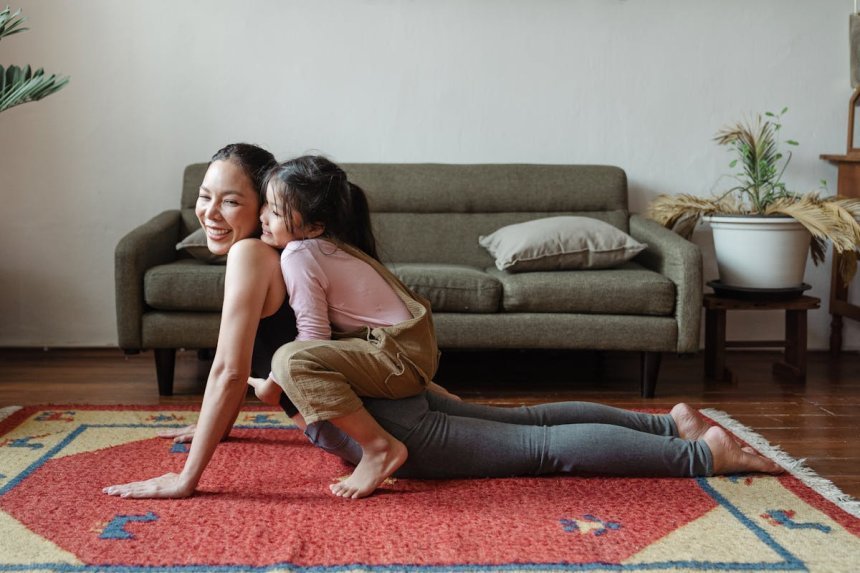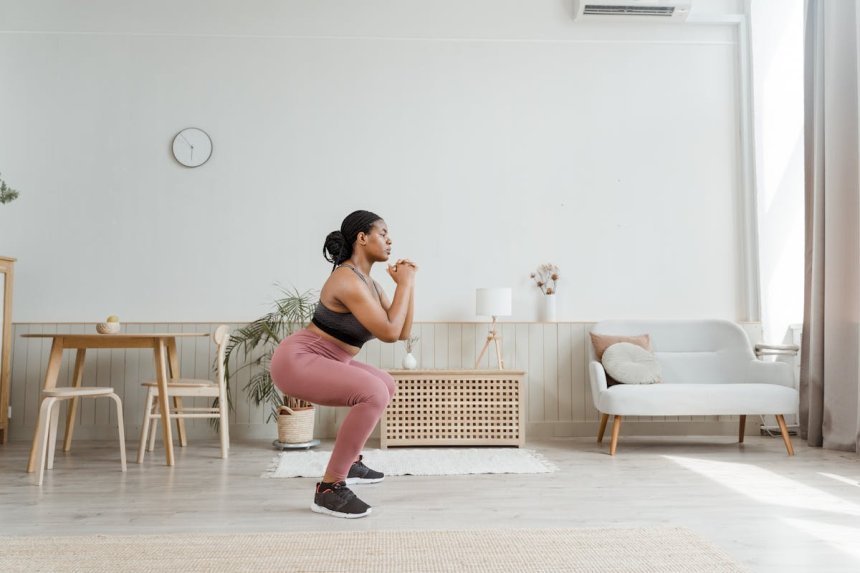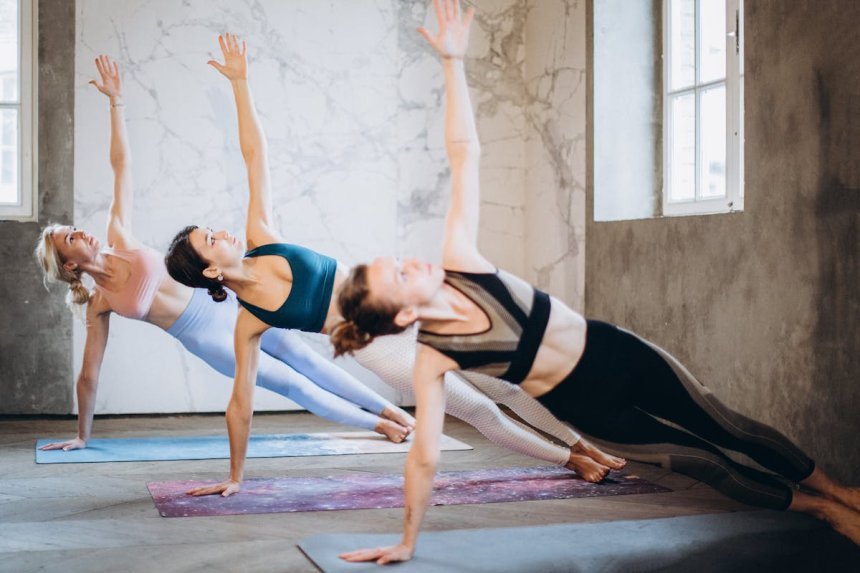Discover the 4 main types of stretching
Stretching is one of the most important activities for any athlete, whether professional or amateur. But before we talk about the types of stretching and how to do it, it is important to understand the difference between stretching and warming up.

Stretching is one of the most important activities for any athlete, whether professional or amateur. But before we talk about the types of stretching and how to do it, it is important to understand the difference between stretching and warming up.
Before doing any physical exercise, warming up prepares the body, as this movement increases blood circulation and lubricates the joints, which reduces the chances of injuries.
Characterized by repetitive exercises with lower intensity, such as jumping jacks or light jogging, warming up differs from stretching because the latter is a slower movement, which aims to provide maximum elasticity to the muscles.
So, the idea of stretching is not to “warm up” to gradually speed up the body, but to exercise the muscles, so that they become more elastic. So, let’s understand what stretching is for?
How important is stretching?
Basically, stretching speeds up muscle function and recovery, preventing and reducing muscle pain. It is an activity that, in addition to providing elasticity, offers greater agility for exercises, as it increases the range of muscle movement.
Stretching is recommended for inactive individuals who engage in irregular activity as well as athletes of all skill levels. Particularly those who don't exercise frequently have decreased flexibility and shorter muscle fibers. In these situations, the risk of damage rises without stretching.
Before and after some exercises, specific stretches are recommended to prepare for the activity and to relax the muscles afterwards. Let's take a look at the main types of stretching.
Dynamic stretching
This type of stretching is done with body movements that start out slower and more comfortable. Gradually, without stopping, the amplitude and rhythm should be increased until the movement is done quickly.
This stretch is perfect for preparing your body for training, so that it gradually gets into the rhythm, without suddenly straining any muscles.
Dynamic stretching exercise
The following is how to perform this stretch, which is best done before working out:
- Stand with your legs hip-width apart.
- Hold onto the back of a chair, a wall or a broom handle if you feel you need help to keep your balance.
- Lift one foot off the floor and move your extended leg back and forth, as if it were a pendulum, without putting force into the movement or touching your foot to the floor.
- Perform 10 repetitions with each leg.
Static stretching
The most popular kind of stretching is this one. To stretch a muscle as much as possible, you must hold it for 15 to 30 seconds at a time until you feel it stretched—not so much that it hurts.
Static stretching exercise
This kind of stretching can be done as follows:
- Sit on the floor.
- Extend your legs forward.
- Bend over, trying to touch your toes with your hands.
- Remember to stay like this for 15 to 30 seconds.
During this movement, you will feel the muscles in the back of your thighs stretching. This is ideal for avoiding injuries and cramps before exercising.
Active stretching
Widely used in some styles of yoga, this stretch is practiced by holding the position using muscle strength, without any type of physical help, such as from a person or objects, for example.
Active stretching exercise
This is one method of stretching:
- Standing, lift one leg straight up to stretch the back of your thigh.
- Hold for about 15 seconds or as long as you can, feeling the leg muscles being stretched.
- The knee of the stretched leg should not exceed the height of the knee of the leg resting on the floor.
- Repeat the action on both legs, more than once if necessary.
In this stretch, the muscles in the front of the thigh, the quadriceps, exert the force to keep the leg raised, allowing the back part to relax.
Stretches like these are harder to hold for more than 15 seconds, so don't do sets for longer than that.
Passive stretching
Lastly, passive stretching is accomplished with the aid of a piece of furniture, a room in the house, or a gadget. Professionals frequently use elastic bands to stretch patients in rehabilitation facilities.
Passive stretching exercise
This is one method of stretching to help your body unwind after working out:
- Lie on the floor.
- Raise your legs.
- To extend the rear of your body, place your buttocks and the backs of your legs on the wall.
Share
What's Your Reaction?
 Like
0
Like
0
 Dislike
0
Dislike
0
 Love
0
Love
0
 Funny
0
Funny
0
 Angry
0
Angry
0
 Sad
0
Sad
0
 Wow
0
Wow
0













